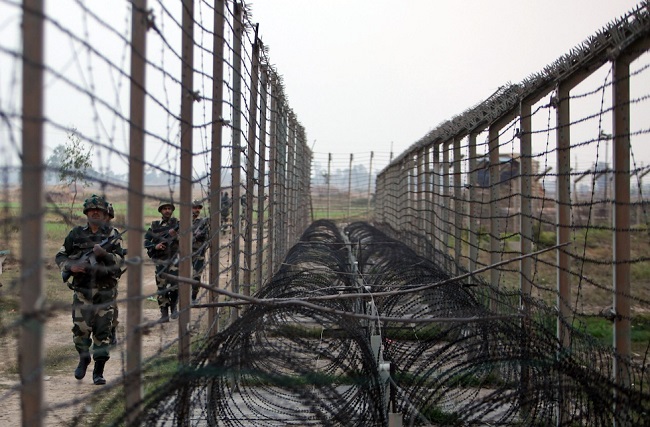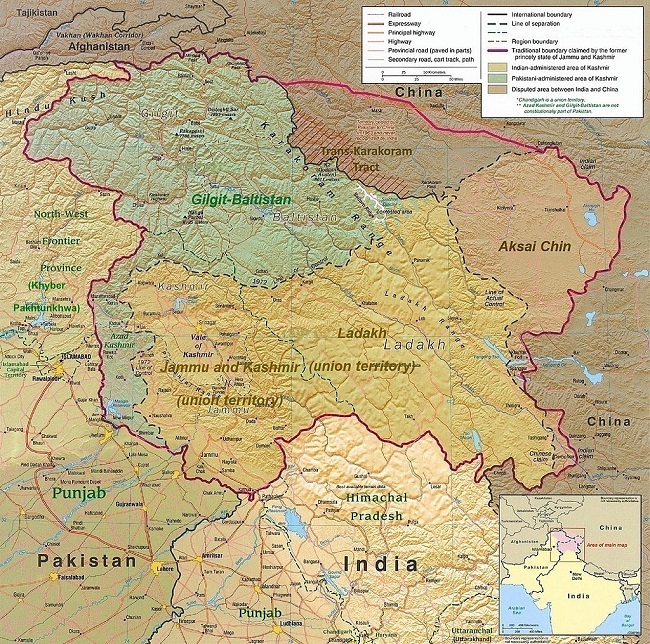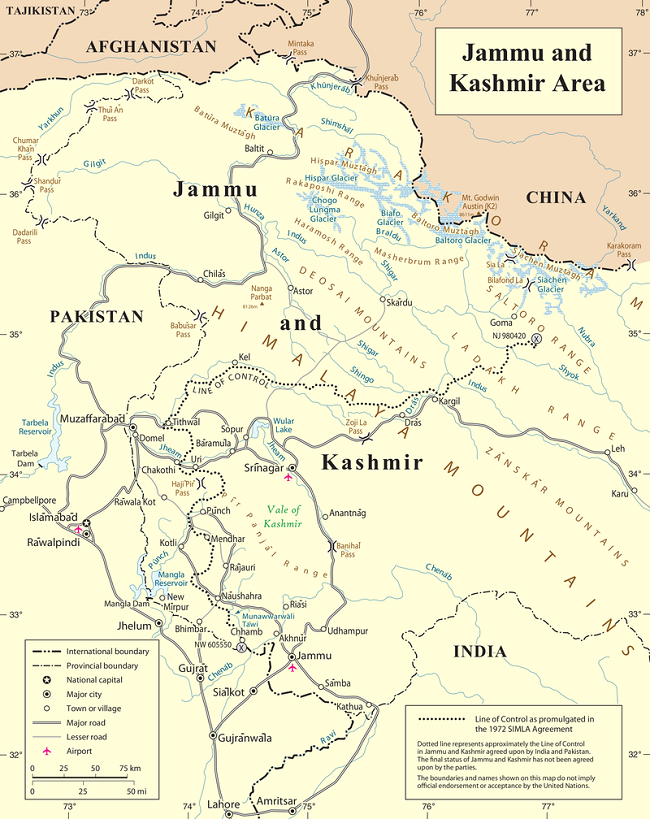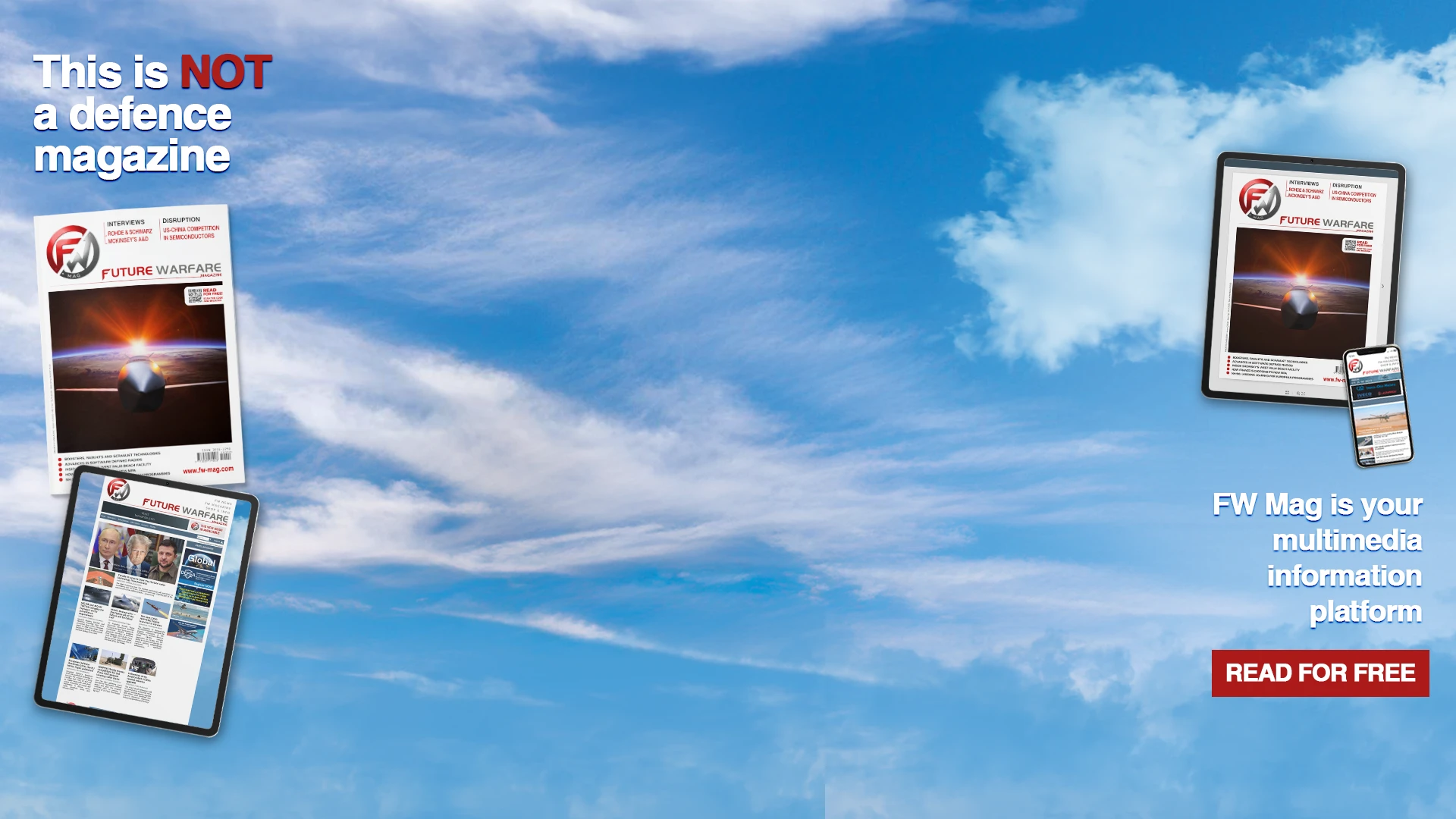
After last week's attack that killed 26 civilians in Pahalgam, in the Indian-administered part of Kashmir, tensions between New Delhi and Islamabad are rising to worrying levels. India accuses Pakistan of being indirectly responsible for the attack because of links between ISI, Pakistan's powerful intelligence agency, and a network of jihadist groups that have been waging an armed insurgency in Indian-controlled Kashmir since the late 1980s - and have their bases and sanctuaries in the part of Kashmir administered by Pakistan.
Pakistani Information Minister Attaullah Tarar said he had ‘credible intelligence’ about India's intention to take military action against Pakistan in the next 24-36 hours, accusing New Delhi of wanting to use the Pahalgam attack as a mere pretext to start a war. Indian Prime Minister Modi convened the Cabinet Committee on Security today and decided to reconstitute the National Security Advisory Board, chaired by former head of R&AW (Research & Analysis Wing), India's foreign intelligence agency, Alok Joshi. All this while both countries have been strengthening their (already formidable) military forces along the LOC (Line of Control), the ceasefire line drawn after the 1971 war, which marks the de facto border between the two countries across the disputed Kashmir region, dividing it into: Jammu and Kashmir (India), Ladakh (India) and Azad Kashmir (Pakistan), Gilgit-Baltistan (Pakistan). China controls another piece of Kashmir, Aksai Chin, occupied in the 1962 war and still claimed by India.

The situation between India and Pakistan is currently closer than ever to war. Kashmir is a raw nerve: for India, it is the insecure northern border in a Muslim-majority area, caught in the grip between Pakistan and China (two allied countries), while for Pakistan, it is a ‘knife’ pointed at its heart. The LoC is dangerously close to the capital Islamabad and the military citadel of Rawalpindi, less than 200 km away in some places. This proximity has always influenced Pakistan's perception of security vis-à-vis its vastly larger and stronger neighbour, leading it to seek strategic depth towards Afghanistan. This depth has now been lost after relations between the ‘old father’, i.e. Pakistan, and the ‘son’, the Afghan Taliban, have deteriorated to the point of open conflict due to the support that the Taliban now in power in Kabul are giving to the TTP (Tehrik Taliban Pakistan), the Pakistani Taliban active in the cross-border areas and long-time sworn enemies of Islamabad. Over the last two years, the TTP has significantly intensified its activities and attacks against targets in Pakistani territory, where the number of victims of terrorist attacks rose by as much as 45% in 2024. In January of this year alone, there were more than 100 terrorist acts attributable to the TTP. Islamabad and the new (old) President Zardari are in great difficulty, and India could therefore take advantage of this to settle ‘a few things’ along the LoC, such as cutting off the Sialkot salient, a Pakistani salient that extends into areas under its control, or wedging itself into Gilgit Baltistan. And then there is the overall breakdown of the international system following the war in Ukraine, with the ‘acceptance’ of the use of force as a means of resolving international disputes and changing legally or de facto recognised borders.

In short, the incentives are there, and so is the risk of war. It matters little that we are talking about two nuclear powers, which, moreover, in various forms, are also acquiring a ‘second strike’ capability (although India is much further ahead than Pakistan in this respect). The armed forces of the two countries are, in fact, prepared and equipped to fight a conventional war while in possession of nuclear weapons, based on their perceived mutual ability to control the escalation process and to define and recognise ab initio a set of objectives that are assumed to be limited and circumscribed. In 1999, with the Kargil War, or Fourth Indo-Pakistani War, this is exactly what happened. Could there be a repeat today?
(Sources: map 1: Central Intelligence Agency; map 2: United Nations)








.png)
